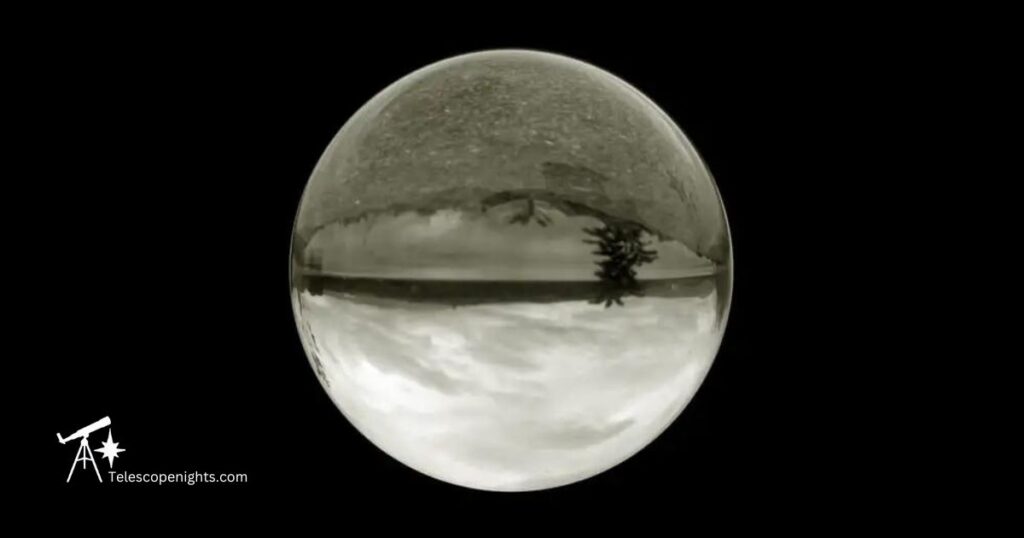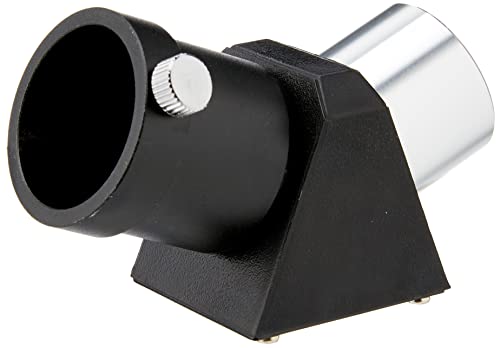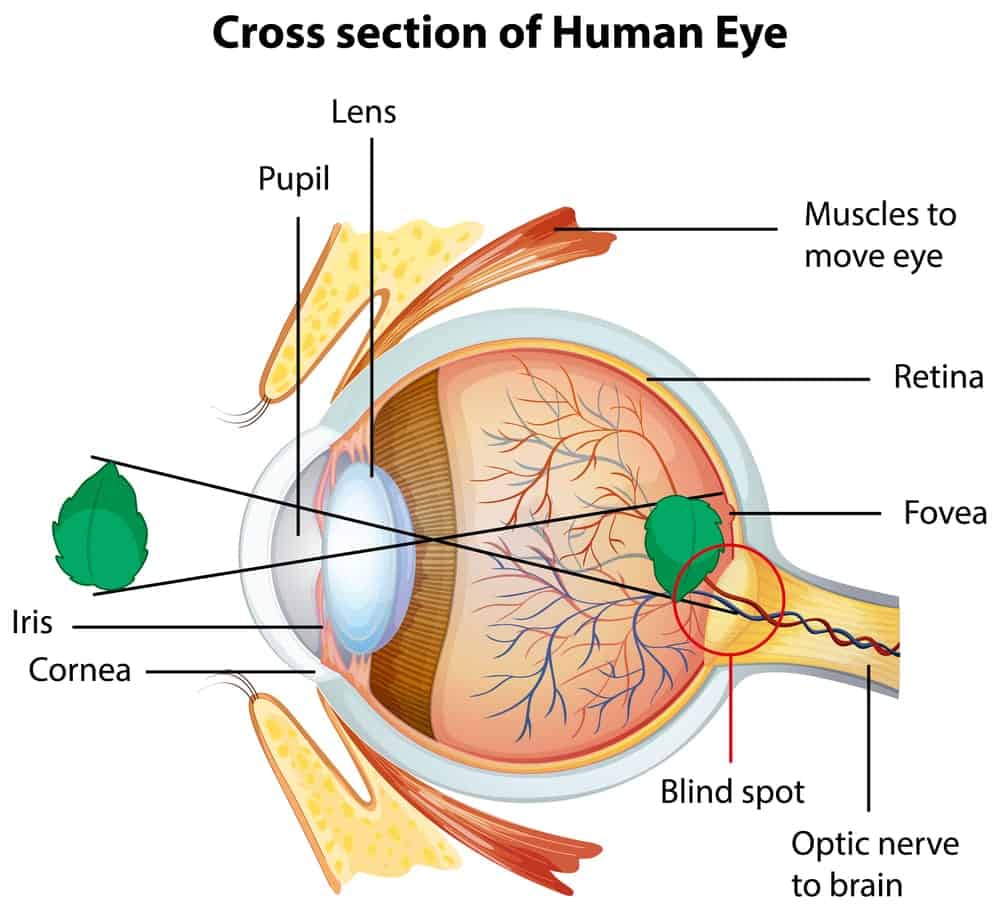My telescope image is upside down. The image through the finderscope is also back to front or upside down or both! To save that stretching of the brain here’s how to fix upside telescope images and that finderscope problem.

With a new telescope, one of the first steps is to align the finderscope (aka telescope viewfinder). What you do is look through the finder scope and line it up with a distant tree, tower, or antennae. You then adjust it so that it matches the view through the telescope (see my tips on aligning it below).
It can be a surprise the first time you look through a finder scope to realize the image is upside down (inverted).
Don’t worry you can easily fix this by getting a right-angle finderscope — like this one (Amazon link).
What is a finderscope?
Finderscopes are small telescopes on the side of larger telescopes. They help locate celestial objects and provide a quick and easy way to point the main telescope at the desired object.
With the stock standard finderscope, the straight-through optical type. the image is opposite to what you see with your naked eye. It’ll be reversed left to right, upside down, at a strange angle, or all of these. Don’t worry. Optics work that way.
Note that binoculars differ from this in that they are designed so that the image is the right side up.
Why is my finderscope upside down?
Technically, your finder scope is not upside down but rather the image you see through the finder scope is opposite to what you see with the naked eye. This is because humans have this ability to invert the image received by our eyes to the ‘right side’ up.
Scroll down for a diagram that explains this.
This is also the reason why your telescope image appears upside down, which you can also rectify, as I cover below.
Solved – Telescope viewfinder image upside down
To solve the issue of an “upside down finder scope”, you can simply replace the straight-through finder scope with a right angle type or similar accessory that has an image correction feature incorporated.
Most telescopes come with the standard straight-through finder scope, so you will probably need to buy one with an image correction as an accessory to get the benefit of seeing it as you do with your unaided eyes.
I use a right-angle finderscope
I recommend getting a right-angle finder scope, especially for reflectors, Dobsonians, or other astronomy telescopes that come with an awkward straight-through viewfinder.
Otherwise, you’ll find yourself contorting your body just to look through the standard finder scope.
Look out for a right angle correct-image finder to suit your brand of telescope and you’ll solve your finderscope upside-down image problem.

Right Angle finderscope
Available at Amazon (affiliate link)
How to fix Upside Down telescope View
Are telescopes supposed to be upside down with the image you see? In most cases, yes. To correct this, you can use an erecting prism, star diagonal, or similar accessory that flips the image right-side-up.
The image corrector goes in the focuser ahead of the eyepiece. This means extra glass, which has a downside in that it can impact light transmission to your eyes.
Erecting prism to fix telescope upside down problem
An erecting prism flips the image both the right way up and from left to right.
Author of Nightwatch, Terence Dickinson, explains: You might not get the best view of celestial bodies by adding an erecting prism. Optical aberrations at high power are also an issue.
So, this accessory is probably good for land viewing with a refractor telescope, but not the best for a reflector for astronomy.

Erecting Prism by Celestron
available at Amazon (affiliate link)
Star diagonal to rectify telescope view upside down
The 90º star diagonal uses a mirror to transform the image to the right side up – telescope image upside down – but not the reversed left to right. It is not as sophisticated as an erecting prism.

Star Diagonal by Celestron
available at Amazon (affiliate link)
No need for a telescope upside-down fix
I don’t use an image rectifier in my telescope. Here’s the thing…
- When it comes to viewing celestial objects in the night sky, an upside image is not going to matter when looking through your telescope at planetary features or the objects in the view. You mainly want an optimal view.
What will make a difference is the right-side-up image through the telescope viewfinder aka finderscope. You want the correct orientation (one that matches your naked eye view) when looking for objects in the night sky and aligning your telescope.
Why don’t we see things upside down? [Diagram]
Do we see upside down? We ‘see’ things right side up only because our brains transform the information we receive through our lenses to rectify the image.
It’s amazing when you think about it.
What you view is received as light through the eye pupil and ends up on the retina (see diagram) as an upside-down image that is sent to the brain via the optic nerve as impulses of electricity.
The brain receives this information and transforms it, not only to the right side up but into the 3-dimensional image that you perceive you see. This is explained simply at bceye.com, which provides more details about this amazing process.

explaining why my telescope image is upside down
If you prefer a video to understand why the image is upside down, this one explains the concept with telescopes fairly well. (Don’t worry, the video is not upside down).
Info sources
- Nightwatch, a Practical Guide to Viewing the Universe by Terence Dickinson (available at Amazon – affiliate). This book contains sky charts and has a spring binding so is practical for use on location.
- Astronomy Australia Year Guide to the Night Sky (affiliate link) by Wallace, Dawes, and Northfield includes all sky maps and much more information for stargazing down under
